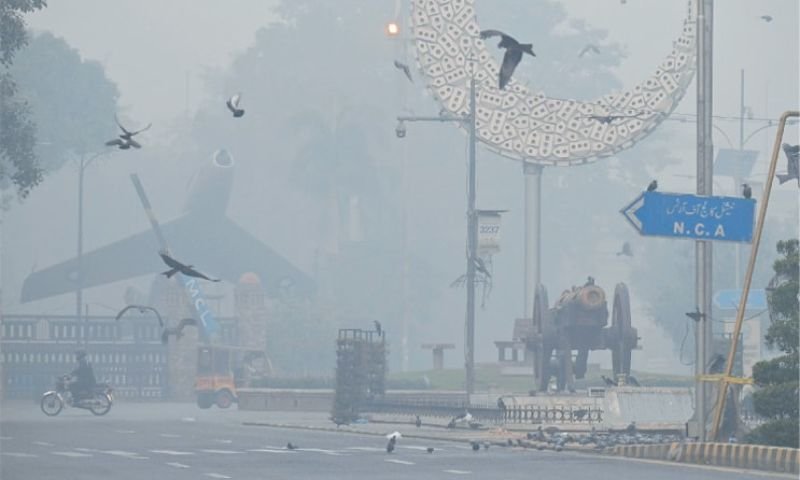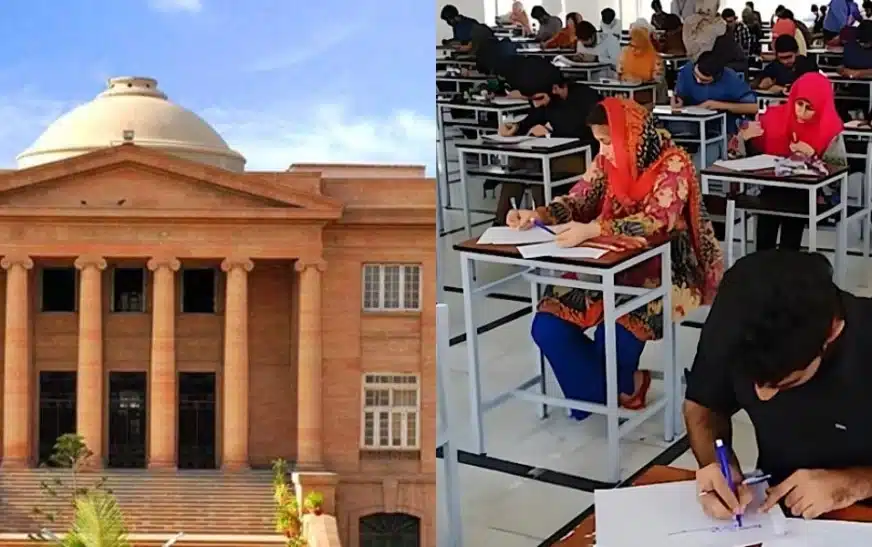If a person in a public position successfully flees after hitting another person on the head with a hammer, it might be conceivable to happen once or twice. However, can it be assumed that a group continued to carry out such acts for two years without being arrested?
Unfortunately, such an incident occurred in Pakistan in the 1980s. A group carried out relentless attacks, hitting hundreds of people on the head with hammers, claiming innocent lives, disrupting countless families, and creating a reign of terror that still sends shivers down the spine today.
This is the infamous saga of the ‘Hathora Group,’ which introduced a period of brutality in the 1980s, sparing neither laborers, beggars, nor even travelers. But the question remains: what was the motive behind this heinous act? Was it the work of psychologically disturbed individuals, or was there an international conspiracy involved? The fear and terror of this story continue to haunt people to this day.
Where did the Hammer Group come from? How did they operate? Was it the same group involved in incidents in Punjab and Karachi? Did they ever face the law? All these facts will be unveiled today.
This incident dates back to April 1985, when three homeless individuals were brutally attacked under a bridge in Clifton, Karachi, their heads smashed with hammers. Two were killed, while the third was left severely injured. This was the first of its kind attack in Karachi. Two days later, a few kilometers away in the area near Kala Pull, two more bodies were found with similar injuries. Within a month, the death toll rose to 9. Then, in another gruesome incident in Gulberg, seven people, including children, were found dead, also killed in the same manner. The operations had spread from the streets to homes; ordinary citizens, laborers, beggars, and employees of shops and small hotels became the targets of these horrifying attacks. The terror was so intense that eight laborers were slaughtered in a Federal B Area alley in a single day. By the end of the year, as the incidents continued to escalate, the government sought assistance from covert agencies. The police initially believed that the wealthy individuals living in alleys were obstructing the criminal gangs; therefore, they became the targets or it could be the work of a serial killer. However, a failed attack on a beggar on Burns Road in 1985 completely changed the direction of the investigation. This was the turning point in the story that will leave you astonished
According to the report in Dawn newspaper, the beggar who survived the attack informed the police while recording his statement that he was sleeping when he heard the sound of a car approaching. At that moment, four individuals dressed in white clothes with black masks covering their faces arrived, and one of them struck him on the head with a hammer. He fell down, and the attackers, assuming him to be dead, fled. After this statement was recorded, the police initiated an investigation against an organized group, later named the “Hathora Group” by crime reporters.
By the middle of 1986, the death toll from the activities of the Hammer Group had reached 100. This was a time when bomb blasts had become common in Peshawar due to the Afghan war, but the Hammer Group had spread terror in Punjab and Karachi. Conspiracy theories related to the Afghan war were circulating in newspapers. Religious circles blamed the Hammer Group on the conspiracy of Russian and Afghan secret agencies. In contrast, the liberal class accused Zia-ul-Haq’s government of spreading terror to prevent public protests, while some English newspapers even published images of a demonic cult.
However, no official statement was issued by the government regarding the Hammer Group at that time. The statement given by former IG Chaudhry Yaqub a few years ago is crucial in this regard. Chaudhry Yaqub was the IG Sindh in 1986. According to him, on August 11, 1986, he was present at the Presidency when news of the shocking murder of 11 members of a single family in Dhok Khabba, Rawalpindi, was received. They were all killed by smashing their heads. At that time, President General Zia-ul-Haq demanded an immediate report on the incident. The report submitted by the police to the President raised concerns about the involvement of a serial killer or Afghan secret agencies. However, the President gave more importance to the concerns about Afghan secret agencies. Contrary to the President’s concerns, a serial killer was found involved in the incidents in Rawalpindi and its suburbs. However, the President’s concerns were proven correct in the incidents in Karachi. We will provide you with details of this later.
Read more: 18% of Pakistanis believe country heading in right direction: Survey
Talking about Rawalpindi, fear had spread to such an extent that people began patrolling their homes and streets. Most men stayed on the rooftops all night for protection. Despite these security measures, incidents of murder and robbery continued. But finally, the citizens of Taxila caught a culprit while committing similar atrocities, which changed the direction of the case.
According to former IG Punjab Chaudhry Yaqub, this suspect confessed to the murder of 99 people using a hammer. At that time, Deputy IG Afzal Shigri, in an interview with BBC, revealed that the suspect was a psychological “serial killer” who did not engage in sexual assault or other acts after the killings but took clothes from the lower parts of the bodies. However, he had no connection to the “Hammer Group” in Karachi. This makes it clear that there was no direct link between the events in Rawalpindi, Kashmir, and the Hazara Division and the activities of the Hammer Group in Karachi.
Now, let’s move back to Karachi, where until the end of 1986, no one at the government level knew what the reality of this “Hammer Group” was. The public was under severe insecurity. Incidents were reported in many cities of the country where people took personal revenge in the name of the Hammer Group. Pressure was mounting on the government because such terrorism of this nature and scale had not been seen in the country before. All agencies were on high alert, and finally, after considerable pressure on one agency, a very important tip-off was received, leading to the surveillance of a suspect.
You will be surprised to know that the suspect named Amar was a Libyan citizen, employed by the Pak-Libya Holding Investment Company. However, despite suspicions, he could not be brought to justice at that time due to his “diplomatic immunity”… Therefore, the suspect was kept under surveillance for several weeks. Evidence was gathered, and finally, when the time for arrest came, Colonel Saeed, an SS commando, was chosen for the job.
Colonel Saeed played a central role in the joint operation of the police and intelligence agencies against the Hammer Group. He was one of the three military officers recruited for Karachi police training to combat urban crimes. Interestingly, Colonel Saeed initially rejected the requests of the IG Police and the IB Chief because it was not within their jurisdiction. But then, upon the insistence of Governor Sindh General Jahandad, he agreed.
Here arises the question of why Libya, an Islamic brotherly country of Pakistan, would benefit from terrorism in Pakistan? Colonel Saeed had answered this question in an interview with BBC a few years ago, saying that “our relations were very good with America, and they didn’t like it. However, the Hammer Group’s operations were not the policy of the Libyan government.” This clarification came from former head of Anti-Terrorism Wing, Dost Ali Baloch. Talking to BBC, he said that Libya had recruited locals through Russians, creating a sleeper cell in which local recruits were trained. Secret agencies also gathered important information about the modus operandi of the Hammer Group. According to Colonel Saeed, most Pakistanis involved in this “organized network” were from Libya, including some Pakistanis residing in Libya. According to available information, Pakistani residents in Libya were also sent back through flights. An IB officer (Inspector Latif) facilitated criminals arriving from Libya at the airport. Flights arrived at night, and they returned after committing murders the same night… Those individuals who were residents of Karachi or Pakistan would import the modus operandi into the local area.
Here, it is worth noting that during the past decade, a similar mechanism for targeted killings was established in Karachi. Many JIT reports have revealed that for Lashkar-e-Jhangvi terrorism in Karachi, target killers were hired from South Africa. They would come, carry out the killings, and return the same day. The important thing is that the mastery of the Hammer Group remains unresolved to this day, as no formal explanation has been given by the government at the state level. The file of the Hammer Group is still closed in official documents!










